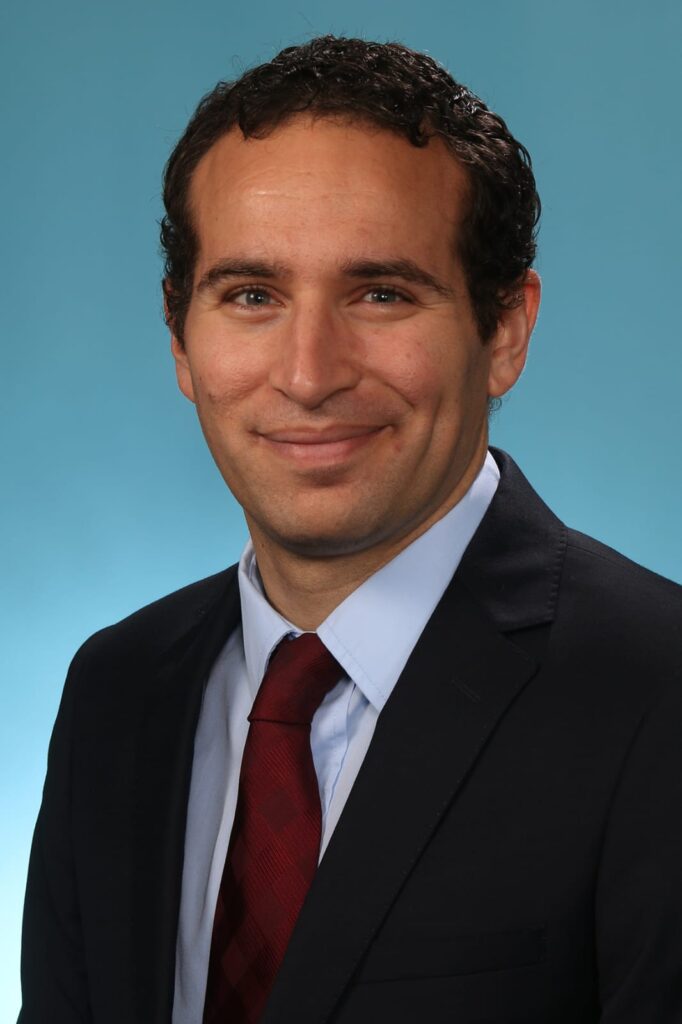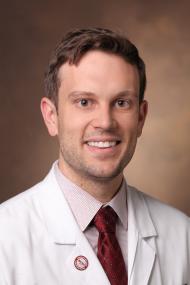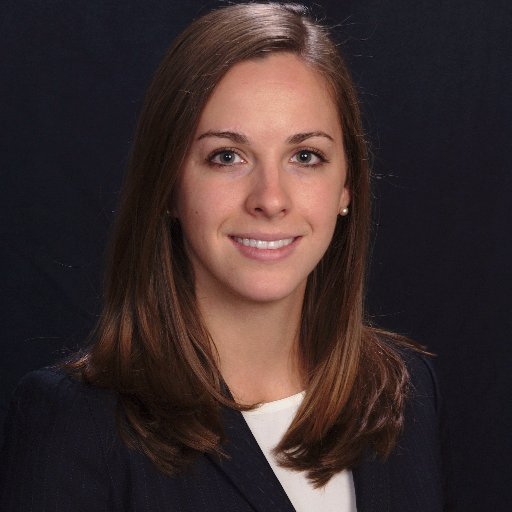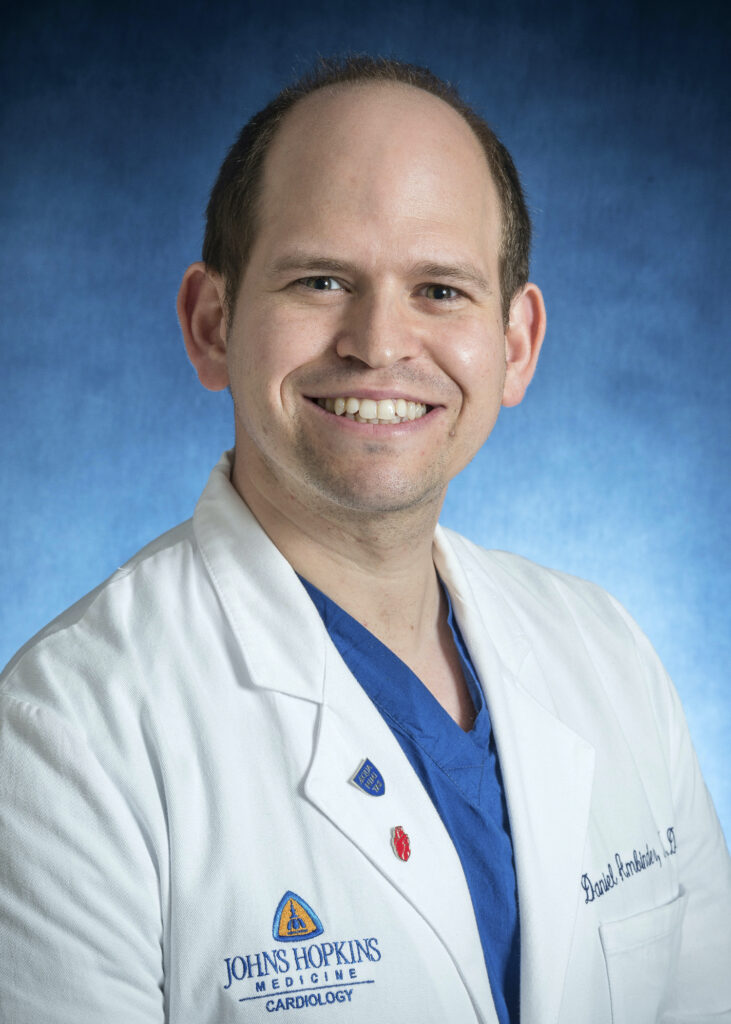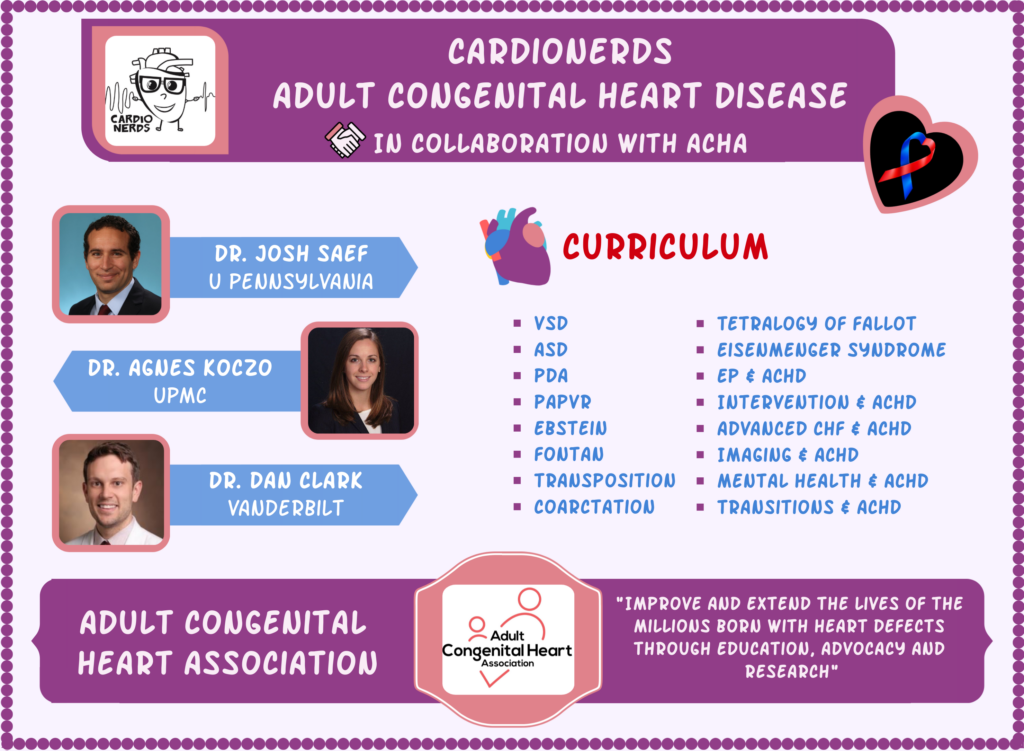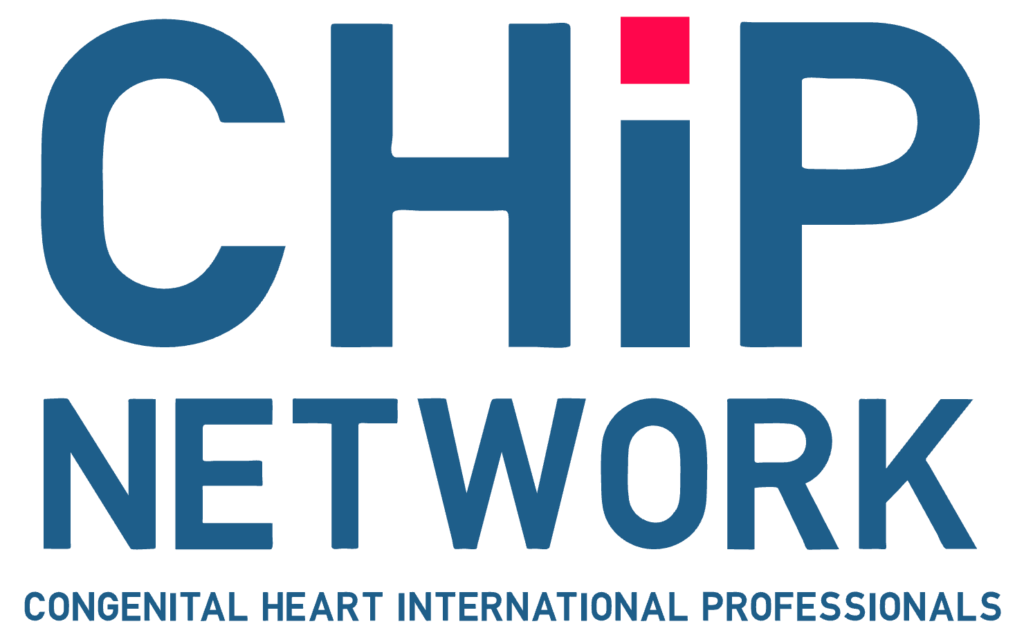
 Cardionerds: A Cardiology Podcast
Cardionerds: A Cardiology Podcast 245. ACHD: Ventricular Septal Defects with Dr. Keri Shafer
Loud Murmur in VSD
- In VSDs, a louder murmur often indicates a more restrictive defect, contrary to other valvular lesions.
- A loud murmur suggests less flow due to the restriction.
Shunt Dynamics in VSD
- Shunting in VSDs is determined by downstream compliance and resistance, following the path of least resistance.
- Pulmonary vascular resistance (PVR) and systemic vascular resistance (SVR) heavily influence shunt direction and magnitude.
Physical Exam Tips for VSD
- Listen in several locations when examining VSD patients for murmurs, as location impacts audibility.
- Check for subtle clubbing and baseline oxygen saturation, as these can indicate physiological changes during activity.
Congenital heart disease is the most common birth defect, affecting 1 in 100 babies. Amongst these ventricular septal defects are very common with the majority of patients living into adulthood. In this episode we will be reviewing key features of VSDs including embryologic origin, anatomy, physiology, hemodynamic consequences, clinical presentation and management of VSDs. Dr. Tommy Das (CardioNerds Academy Program Director and FIT at Cleveland Clinic), Dr. Agnes Koczo (CardioNerds ACHD Series Co-Chair and FIT at UPMC), and Dr. Anu Dodeja (Associate Director for ACHD at Connecticut Children’s) discuss VSDs with expert faculty Dr. Keri Shafer. Dr. Shafer is an adult congenital heart disease specialist at Boston Children’s Hospital, and an assistant professor of pediatrics within Harvard Medical School. She is a medical educator and was an invited speaker for the inaugural CardioNerds Sanjay V Desai Lecture, on the topic of growth mindset. Script and notes were developed by Dr. Anu Dodeja. Audio editing by CardioNerds Academy Intern, Shivani Reddy.
The CardioNerds Adult Congenital Heart Disease (ACHD) series provides a comprehensive curriculum to dive deep into the labyrinthine world of congenital heart disease with the aim of empowering every CardioNerd to help improve the lives of people living with congenital heart disease. This series is multi-institutional collaborative project made possible by contributions of stellar fellow leads and expert faculty from several programs, led by series co-chairs, Dr. Josh Saef, Dr. Agnes Koczo, and Dr. Dan Clark.
The CardioNerds Adult Congenital Heart Disease Series is developed in collaboration with the Adult Congenital Heart Association, The CHiP Network, and Heart University. See more
Disclosures: None
Pearls • Notes • References • Guest Profiles • Production Team

Pearls – Ventricular Septal Defects
- Most common VSDs: Perimembranous VSD
- The shunt volume in a VSD is determined largely by the size of the defect and the pulmonary vascular resistance. VSDs cause left to right shunt. The long-term effects are left sided chamber dilation, as is the case with PDAs (post-tricuspid shunts)
- VSDs can be associated with acquired RVOTO, double chamber right ventricle, LVOTO/sub aortic membrane formation, and aortic regurgitation from aortic valve prolapse.
- Eisenmenger syndrome results from long-term left-to-right shunt, usually at higher shunt volumes. The resulting elevated pulmonary artery pressure is irreversible and leads to a reversal in the ventricular level shunt, desaturation, cyanosis, and secondary erythrocytosis.
- Endocarditis prophylaxis is not indicated for simple VSD. It is required for 6 months post VSD closure, in patients post VSD closure with a residual shunt and in Eisenmenger patients with R—>L shunt and cyanosis.
Show notes – Ventricular Septal Defects
Notes (developed by Dr. Anu Dodeja):
What are types OF VSD? (Please note that there are several nomenclatures)
- Perimembranous VSD
- Most common type of VSD – 80% of VSDs
- Occurs in the membranous septum and can be associated with inlet or outlet extension
- Located near the tricuspid and aortic valves, often time can be closed off by tissue from the septal leaflet of the tricuspid valve and associated with abnormalities in the septal leaflet of the tricuspid valve secondary to damage from the left to right shunt
- Can be associated with acquired RVOTO, double chamber right ventricle, LVOTO/sub aortic membrane formation
- On TTE, the parasternal short axis view at the base demonstrates this type of VSD at the 10-12 o’clock position.
- Muscular VSD
- Second most common VSD – 15-20% of VSDs
- Completely surrounded by muscle, usually restrictive, can be multiple defects
- These usually close spontaneously by direct apposition of the muscular borders.
- Supracristal (also known as sub-arterial/sub-pulmonary/conal/juxta-arterial)
- Represent 5% of VSDs
- Located beneath the semilunar valves in the conal or outlet septum
- Do not usually close spontaneously
- May be associated with progressive aortic regurgitation due to prolapse of the right aortic cusp and aneurysm of the sinus of Valsalva.
- Aortic valve prolapse:
- Prolapsing of the right or non-coronary aortic valve cusp may initially reduce the degree of left-to-right shunt but results in development of aortic regurgitation
- Aortic valve prolapse usually involves the right coronary cusp and less frequently the non-coronary cusp
- In its early stage: prolapse occurs only in the systolic phase because of the venturi effect resulting from the rapid shunt flow through the defect
- In later stages the prolapse also present last with the valve cusps cannot withstand intra-aortic pressure.
- Eventually the prolapsing aortic valve becomes incompetent because of the significant damage to the valve cusps and annulus
- As a prolapsing aortic valve may completely close the ventricular septal defect, shunt physiology may disappear with progressive development of aortic regurgitation
- Some case reports of aneurysms of sinus of Valsalva indicate that the original defect might be ventricular septal defect complicated by aortic valve prolapse with complete obliteration of the defect
- Rarely the prolapsed valve cusp may perforate with resultant aortic regurgitation into the right ventricle
- On TTE, the parasternal short axis view at the base demonstrates these VSDs at the 12 to 2 o’clock position
- Inlet/AV canal type
- Occur in the inlet portion of the ventricular septum immediately inferior to the AV valve apparatus
- Can be associated with a common AV valve
- May be associated with AV septal malalignment and straddling
- Due to endocardial cushion defect
- AVSD are the most common CHD in patients with Down syndrome.
- Malalignment type of VSDs
- Occur in the output or infundibular septum
- Malalignment of the outlet septum may occur either anteriorly towards the right ventricle or posteriorly towards the left ventricle
- The anterior malalignment of the outlet septum is the most common type of malalignment. In this situation the outlet septum is pulled anteriorly towards the right ventricular outflow tract resulting in a large ventricular septal defect with overriding aortic valve and pulmonary stenosis as seen in Tetralogy of Fallot.
- Posterior malalignment results in sub-aortic obstruction and can be associated with Coarctation of aorta and IAA.
- Rarely patients can have a LV-RA shunt known as a Gerbode defect
- Absence of the atrioventricular septal tissue resulting in an isolated LV to RA shunt
- Can occur when the VSDs located slightly more superior to the tricuspid valve apparatus
- Can also be due to deficient tricuspid valve septal leaflet
- Can occur as a post-operative complication
- The effective impact of such a shunt is to produce right ventricular volume overload and elevated right atrial pressure and are at increased risk for endocarditis.
If VSDs are left to right shunts, why do they cause left sided chamber dilation?
- The timing of the left to right shunt in ventricular septal defects is predominantly in ventricular systole so the blood goes left to right but is pumped directed out the PA resulting in increased pulmonary venous return to the LA and LV.
- As such, the RV does not directly see the increased blood volume.
- There are a few cases in which there maybe RA dilation including: Gerbode defect, Eisenmenger syndrome, and DCRV.
What are the indications for VSD repair?
- Evidence of left ventricular volume overload and hemodynamically significant shunt (Qp: Qs> 1.5:1), if PA pressures are less than 50% systemic and pulmonary vascular resistance is less than 1/3 systemic (2018 ACHD Guidelines)
What is the relevance of the conduction system in the approach to VSDs?
- The nature of the VSD will also allow for understanding the course of the conduction system.
- Perimembranous defects – the bundle of His runs along the posterior and inferior rim of the VSD. Post-operatively, patients may have a right bundle branch block pattern on ECG. Patients are at risk for surgical CHB which can occur even years post-VSD closure.
- Inlet type VSD – the bundle of His runs anterior and superior to the defect which can be seen as a northwest axis deviation on EKG (-90 to 180°). Patients are at risk for surgical CHB, which can occur even years post-VSD closure.
- Surgically induced AV block is less likely with a muscular or supracristal/outlet type of defects because they are distant from the AV nose and bundle of His.
What are clinical exam features of VSDs?
- VSDs cause a holosystolic murmur if pressure in the right ventricle is lower than the left ventricle throughout systole, resulting in a holosystolic left-to-right shunt
- Small restrictive VSD will have a loud, harsh, holosystolic murmur usually with a thrill in the third or fourth ICS along the LSB
- Muscular VSDs can have shorter systolic murmurs
- Absence of VSD murmur, with a loud P2, RV heave is indicative of elevated RV pressures with equalization in ventricular pressures indicating Eisenmenger syndrome. These patents will also have cyanosis, clubbing, over time can have a holosystolic murmur due to functional TR
- Systolic ejection murmur at the LUSB may be indicative of RVOTO
- Presence of a diastolic murmur in the RUSB, wide pulse pressure, and prominent carotid pulses indicate AR
What are imaging characteristics of VSDs?
- First and foremost will be location and size of the VSD
- Parasternal long axis view:
- Distinct visualization of muscular, membranous, and supracristal/infundibular VSDs
- Perimembranous and supracristal defects are seen below the aortic valve
- Can also show aortic cusp prolapse and associated aortic regurgitation
- Perimembranous VSDs are usually seen while sweeping in the PSL towards the tricuspid valve
- Parasternal short axis view:
- If you consider the aortic valve as a clock perimembranous defects would be in the 10 to 12o’clock position whereas an infundibular defect is adjacent to the pulmonary valve corresponding to the 12-2 o’clock position
- This view may show associated sinus of Valsalva aneurysm, AR, and DCRV
- Dr. Nadas proposed size of VSD based on comparison to the aortic valve
- Small <1/3 aortic size
- Medium 33-50%
- Large > 50%
- Apical view
- Inlet, muscular, and Gerbode defects
- Inlet VSDs are adjacent to the mitral and tricuspid valves extend into the chordal attachments of the tricuspid valve
- Muscular VSDs are located in the trabecular septum away from the cardiac valves
- Gerbode defects are best visualized within the cardiac crux on apical four-chamber view in which color flow Doppler demonstrates an LV-to-RA shunt
- Qp:Qs is generally not calculated by echocardiography due to technical limitations. However, the presence of LA and LV dilation represents a hemodynamically significant shunt with a QP: Qs >1.5:1.
- The presence of normal LA and LV size in an adult is suggestive of a small restrictive uncomplicated VSD with a small left-to-right shunt
- Additional features to assess: Is there tricuspid valve tissue partially closing the defect, direction and velocity of shunt, restrictive defect will be high velocity shunts, TR to estimate RVSP, septal configuration signs of PH, presence of DCRV, LVOTO, sub-aortic membrane
- CMR:
- If there is concern for LV dilation by ECHO, Cardiac MRI can give accurate measurement of ventricular volume and function
- Such data are helpful in determining timing of intervention or repair in adults with VSDs
- CMR phase contrast cine techniques enable quantification of Qp:Qs which correlates strongly with results obtained by cardiac catheterization.
- May be helpful for assessment of coexisting lesions in the pulmonary artery, pulmonary veins, or aorta.
What is Double Chamber RV?
- RVOT Obstruction from Muscle Bundles/Hypertrophy in context of VSD
- Can develop over time
- Most common with perimembranous defects; 3 -10% percent of patients with perimembranous VSDs
- Caused by hypertrophy of an aberrant muscle bundle that develops in the RV in the region of the membranous VSD jet flow
- RV is divided into two chambers: a proximal high-pressure chamber close to the tricuspid valve and a distal low-pressure chamber proximal to the pulmonary valve separated by the obstructive muscle bundle
- Protects against the development of PH
- There are reports of DCRV developing even after surgical repair of the VSD in the absence of a residual ventricular septal defect
- Other causes for acquired right ventricular outflow tract obstruction in patient with VSDs include hypertrophy and progressive obstruction of the malaligned infundibular septum which usually presents with a pre-existing pressure gradient between the right ventricle and pulmonary artery that progresses over time which changes in the infundibular septum
- A prolapsing aortic valve leaflet may also obstructed right ventricular outflow tract.
- Acquired right ventricular outflow tract obstruction may result in apparent reduction in the magnitude of the left-to-right shunting.
What is Eisenmenger Syndrome?
- Patients with systemic-to-pulmonary communication, such as a nonrestrictive ventricular septal defect develop pulmonary vascular remodeling resulting elevated PVR and pulmonary hypertension and subsequent net right to left shunting and cyanosis
- Large left to right shunt causes increase in pulmonary blood flow which eventually leads to development of pulmonary vascular remodeling, pulmonary arteriolar intimal and medial hypertrophy, pulmonary vascular disease which results in increased PVR
- The increase in PVR causes an increase in pulmonary artery pressure
- PAH causes reversal of the shunt and net right-to-left shunting
- The elevated pulmonary artery pressure is irreversible and leads to a reversal in the ventricular level shunt, desaturation, cyanosis, and secondary erythrocytosis
- The risk of developing Eisenmenger syndrome appears to be determined by the size of the initial left-to-right shunt and the volume of pulmonary blood flow, with larger shunts having increased risk
- Diagnosis should be confirmed by cardiac catheterization and complete work up for other causes of PAH should also be performed.
What are indications for infective endocarditis prophylaxis?
- Post VSD closure for the first 6 months
- S/p VSD closure with a residual shunt
- Eisenmenger Syndrome (R L shunt with cyanosis)
- Small restrictive VSD does NOT meet criteria for SBE prophylaxis
References – Ventricular Septal Defects
1. Stout K, Daniels C, Aboulhosn J, et al. 2018 AHA/ACC Guideline for the Management of Adults With Congenital Heart Disease: Executive Summary. J Am Coll Cardiol. 2019 Apr, 73 (12) 1494–1563.https://doi.org/10.1016/j.jacc.2018.08.1028
2. Allen Hugh D, Driscoll D, Shady R, Feltes T. ed. Moss & Adams’ Heart Disease in Infants, Children, and Adolescents: Including the Fetus and Young Adult. Lippincott Williams & Wilkins; 8th edition, October 15, 2012
Meet Our Collaborators!
Adult Congenital Heart Association
Founded in 1998, the Adult Congenital Heart Association is an organization begun by and dedicated to supporting individuals and families living with congenital heart disease and advancing the care and treatment available to our community. Our mission is to empower the congenital heart disease community by advancing access to resources and specialized care that improve patient-centered outcomes. Visit their website (https://www.achaheart.org/) for information on their patient advocacy efforts, educational material, and membership for patients and providers
CHiP Network
The CHiP network is a non-profit organization aiming to connect congenital heart professionals around the world. Visit their website (thechipnetwork.org) and become a member to access free high-quality educational material, upcoming news and events, and the fantastic monthly Journal Watch, keeping you up to date with congenital scientific releases. Visit their website (https://thechipnetwork.org/) for more information.
Heart University
Heart University aims to be “the go-to online resource” for e-learning in CHD and paediatric-acquired heart disease. It is a carefully curated open access library of educational material for all providers of care to children and adults with CHD or children with acquired heart disease, whether a trainee or a practicing provider. The site provides free content to a global audience in two broad domains: 1. A comprehensive curriculum of training modules and associated testing for trainees. 2. A curated library of conference and grand rounds recordings for continuing medical education. Learn more at www.heartuniversity.org/
CardioNerds Adult Congenital Heart Disease Production Team
